Today's PPBF just begs us to walk in someone else's shoes,
if only for a spell.
Title: The Orange Shoes
Author: Trisha Hakes Noble
Illustrator: Doris Ettlinger
Publisher: Sleeping Bear Press
Date: September 1, 2007
Suitable for: ages 6 and up (grades 1-4)
Fiction
Themes: poverty, creativity, empathy
Brief synopsis: Delly's class will be having a Shoebox Social soon, but will this child who doesn't even wear shoes until October be able to participate?
Resources: Publisher's Activities {here}
Writing For Kids blog review {here}
More info about the author and book {here}
Empathy in a (Shoe) Box {here}
Why I like this book:
Remember Nellie, the spoiled rich girl on the 1970's hit show Little House on the Prairie? Well, she's met her match in Prudy, the mean girl who generates a lot of conflict in this treasure. Fortunately for its reader, this story has a life-like quality that will easily lend itself to a discussion about respecting differences, in particular affluence versus poverty.
Meet Delly. She walks barefoot to school because her family cannot afford new shoes, but the optimist in her doesn't really fret about it, because she loves "the feel of our dirt road under my feet; the sandy places and the dried mud places and the smooth places after the road scraper's gone through." Delly is admittedly happy going barefoot until Prudy weighs in with comments that are ugly and disrespectful. When the teacher announces a Shoebox Social to raise funds for art supplies at the school, Delly worries that she doesn't have a shoebox to decorate, much less new shoes for the social, but her Father surprises her with some beautiful new orange shoes. Along comes Prudy, ready to rain on Delly's parade, but how far will she go to ruin the Social for Delly? Because it sparked a fun childhood memory of our 4H-sponsored Box Socials, The Orange Shoes caught my eye. Because Prudy is such a true-to-life character and Delly is such a wonderful problem-solver, it kept my attention. It's kind of lengthy as a read-aloud, but it's well worth your time, so plan ahead and break it down into reasonable chunks if you need to.
You can use this book when you're discussing rural versus urban life. Make a T-chart to note the differences. You can also use it when you talk about socio-economic issues and class. Make a H-Map, a Venn diagram, or a Double Bubble graphic organizer as students observe the similarities and then differences between affluence (Prudy) and poverty (Delly). What things, if any, overlap? Students could write an editorial about which way of life is more desirable. Finally, go back to Prudy. Have students make a list of the different ways that she showed disrespect to Delly. How did the other students react to Prudy's behavior? How is Prudy's behavior like that of a bully? Did anyone ask her to stop? Why or why not? Ask students if they would have done anything differently at school had they been Prudy? Delly? The teacher?
The ultimate enrichment activity after reading this tale would be to hold a Shoebox Social. Students decorate a Shoebox, then make a lunch that they pack into it. Use this activity as a mixer so students can get to know one another better. Or host it just for fun during lunch one day. Let students help you figure out a creative way for the boxes to change hands. A Shoebox Social can also be used as a service project; you could auction off the boxes, and then take them (and the money they brought) to a local Shelter for donation. Call ahead first, of course, so that you know if they accept food donations and what, if any, dietary restrictions there might be.
Tomorrow we're hosting a Kids Clothing Kids clothes swap,
another reason I've chosen this gem today.
I'm so thankful for our Good News Club's initiative
and I can't wait to see how many kids-in-need we'll outfit!
Tomorrow we're hosting a Kids Clothing Kids clothes swap,
another reason I've chosen this gem today.
I'm so thankful for our Good News Club's initiative
and I can't wait to see how many kids-in-need we'll outfit!




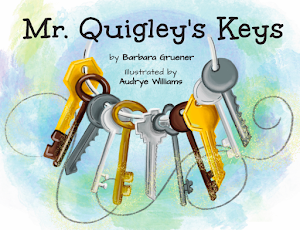


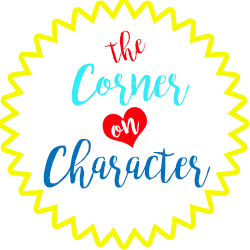


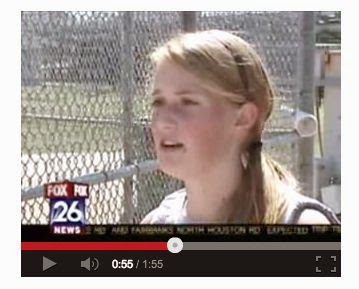
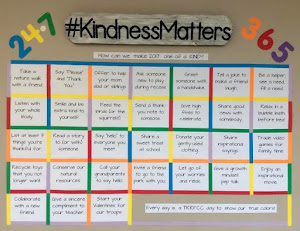
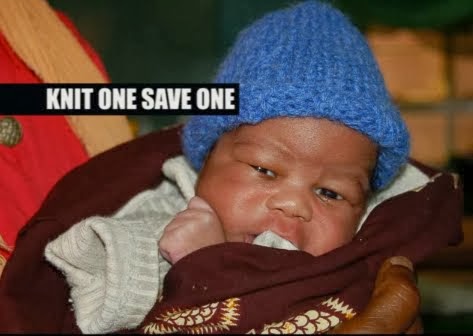

No comments
I really enjoy hearing from my readers; thanks for sharing your reflections with us!